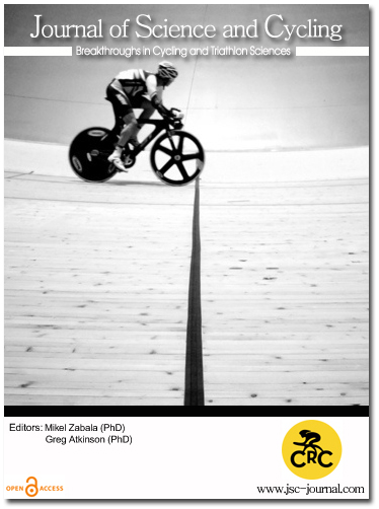Automatic Mapping of Finish Line Videos for the Objective Analysis of Sprint Behavior
Keywords:
sprint analysis, sports data science, race cycling performance, computer visionAbstract
This paper proposes a computer vision-based methodology to generate riding line maps from bird’s eye view sprint videos. These maps can be used to objectively evaluate dangerous sprint behavior or to perform sprint performance studies. In order to generate the maps, our automatic workflow first extracts the road and riders from the video images using state-of-the-art object detection models. Next, feature points in the remaining part of the images are used to estimate the homography parameters and to stitch the overlapping images into a map of the finish zone. The same homography parameters are also used to reproject the riders onto the sprint map. Based on their positions on the map and the timing info from the video metadata, we get a spatio-temporal description for each riders’ sprint. These descriptions are stored in JSON format and can be used for further analysis. As a demonstrator, we present some examples of objective evaluations of dangerous sprint behavior. Those evaluations are based on outlier and overlap detections of the riding lines.
Downloads
Published
How to Cite
Issue
Section
Copyright (c) 2021 Journal of Science and Cycling

This work is licensed under a Creative Commons Attribution-NonCommercial-NoDerivatives 4.0 International License.
Authors contributing to Journal of Science and Cycling agree to publish their articles under a Creative Commons CC BY-NC-ND license, allowing third parties to copy and redistribute the material in any medium or format, and to remix, transform, and build upon the material, for any purpose, even commercially, under the condition that appropriate credit is given, that a link to the license is provided, and that you indicate if changes were made. You may do so in any reasonable manner, but not in any way that suggests the licensor endorses you or your use.
Authors retain copyright of their work, with first publication rights granted to Cycling Research Center.






